The quest for a truly scalable, secure, and decentralized blockchain – the elusive “scalability trilemma” – has long been the Holy Grail of the Web3 revolution.
- Redefining Scalability Through Dynamic State Sharding and a “Blockless” Approach
- Balancing Decentralization and Security with a Novel Consensus Mechanism and Community Focus
- Sustainability and EVM Compatibility: Pragmatic Choices for Broad Adoption
- Evolving Tokenomics for Long-Term Sustainability
- Looking Ahead: Mainnet Launch, Community Governance, and Mass Adoption
- Conclusion: A Paradigm Shift in Blockchain Design
In a recent interview, Srinivasan “Srini” Parthasarathy, the CTO of Shardeum, offered a compelling glimpse into how their innovative Layer-1 blockchain aims to not only address this trilemma but also pave the way for mass adoption.
Srini’s insights reveal a deep architectural understanding and a commitment to community-driven growth that positions Shardeum as a thought leader in the evolving blockchain landscape.
Redefining Scalability Through Dynamic State Sharding and a “Blockless” Approach
Shardeum’s core innovation lies in its approach to dynamic state sharding. Srini likened this to a Google Sheet with multiple tabs, where each tab (shard) handles a subset of data.
Unlike fixed sharding models seen in other blockchains, Shardeum’s number of shards can dynamically scale in and out based on transaction volume, leading to linear scalability and consistently low gas fees.
As Srini succinctly put it, “If you want Higher TPS, you just double the number of shards”. This on-demand scalability promises to overcome the fee spikes that plague even popular networks during periods of high demand.
Furthermore, Shardeum challenges the fundamental block-based architecture prevalent in most blockchains. Srini explained that while Shardeum is EVM-compatible and thus interacts with the concept of blocks, it natively operates with a “blockless” architecture facilitated by the underlying protocol.
This allows for transaction-level consensus, enabling parallel processing of individual transactions, leading to faster transaction speeds, near-instant finality, and the ability to achieve atomic composability even in a sharded environment.
This departure from sequential block processing represents a significant leap in throughput and efficiency.
Balancing Decentralization and Security with a Novel Consensus Mechanism and Community Focus
Shardeum’s commitment to decentralization is evident in its unique consensus mechanism: a combination of Proof-of-Stake (PoS) for Sybil deterrence and Proof-of-Quorum (PoQ) for consensus.
Srini highlighted that PoS serves to make Sybil attacks economically costly, while PoQ ensures transaction finality through a leaderless protocol requiring a supermajority consensus within a dynamically selected active set of validators. This rotating active set, drawn from a larger standby pool, enhances security by making it exceptionally difficult for malicious actors to gain control.
A key differentiator for Shardeum is its emphasis on a community-driven validator network. The remarkable achievement of 171,000+ validators on its testnet, running “physically run nodes”, underscores this commitment.
Srini attributed this high participation to the low-entry setup for validators, requiring minimal hardware resources. This accessibility aims to avoid the investor-dominated validator networks seen in many new blockchains, fostering true decentralization by allowing anyone to participate in securing the network.
As Srini emphasized, “Every decision that we have made so far and every decision that we’re going to make is driven by decentralization”.
Sustainability and EVM Compatibility: Pragmatic Choices for Broad Adoption
Recognizing the environmental concerns surrounding blockchain, Shardeum has prioritized sustainability through its energy-efficient Proof of Stake mechanism.
Srini pointed out that the small footprint of validator nodes translates to minimal resource and energy consumption. This contrasts sharply with the energy-intensive Proof-of-Work blockchains.
The strategic decision to be EVM-compatible was a “no-brainer,” according to Srini. Leveraging the large developer community and existing tools within the Ethereum ecosystem, this compatibility allows developers to seamlessly transition their decentralized applications (dApps) to Shardeum.
This pragmatic approach significantly lowers the barrier to entry for developers and fosters interoperability within the broader Web3 landscape.
Evolving Tokenomics for Long-Term Sustainability
Shardeum’s native token, SHM, employs a dynamically responsive supply model. Srini explained that this shift from a fixed supply aims to position SHM as a medium of exchange rather than solely a store of value.
Features like fee burning and adjusted issuance are designed to achieve long-term sustainability and scarcity.
By balancing inflationary rewards for validators with deflationary mechanisms like fee burning, Shardeum aims for a stable currency that facilitates real-world use cases.
Looking Ahead: Mainnet Launch, Community Governance, and Mass Adoption
With the mainnet launch scheduled for May 5th, 2025, Shardeum is poised to enter a critical phase.
Srini outlined a phased rollout that will include the introduction of smart contract capabilities in Q3 2025 following the launch. Emphasizing a “community-driven” approach, Srini envisions the Shardeum community playing a vital role in the network’s future development and governance, potentially through a Decentralized Autonomous Organization (DAO).
Srini’s long-term vision for Shardeum is ambitious: to be a secure, decentralized, and scalable blockchain alternative with low transaction costs that drives mass adoption of decentralized applications.
He highlighted potential use cases ranging from DeFi to NFT marketplaces and even memecoins, believing that Shardeum’s unique attributes will unlock a new wave of innovation.
Conclusion: A Paradigm Shift in Blockchain Design
The insights shared by Srini Parthasarathy paint a picture of Shardeum as more than just another Layer-1 blockchain.
Its commitment to dynamic scalability, a novel approach to consensus and security, a deeply ingrained community focus, and pragmatic technological choices position it as a thought leader with the potential to significantly impact the Web3 landscape.
By tackling the scalability trilemma head-on and prioritizing accessibility and sustainability, Shardeum is building the foundational infrastructure for a truly decentralized future, one transaction at a time.
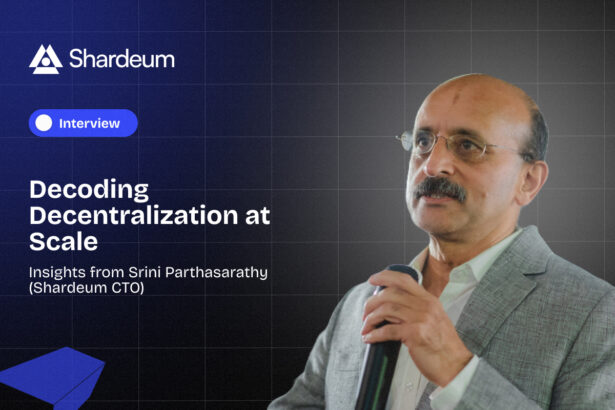




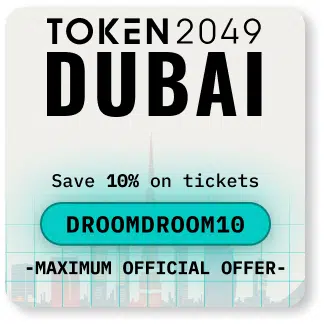

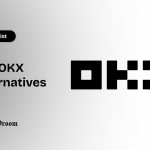

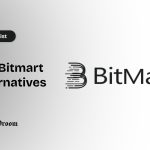
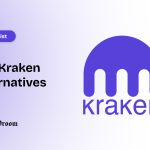


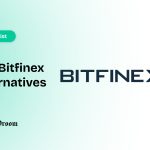



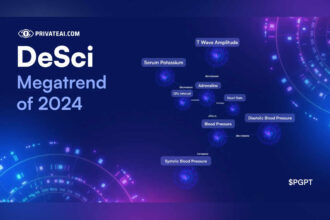
![Consensus Hong Kong Promo Code: DROOMDROOM20 [Top Deal] 27 Promo code for Consensus](https://droomdroom.com/wp-content/uploads/2025/10/Promo-code-for-Consensus-330x220.jpg)

